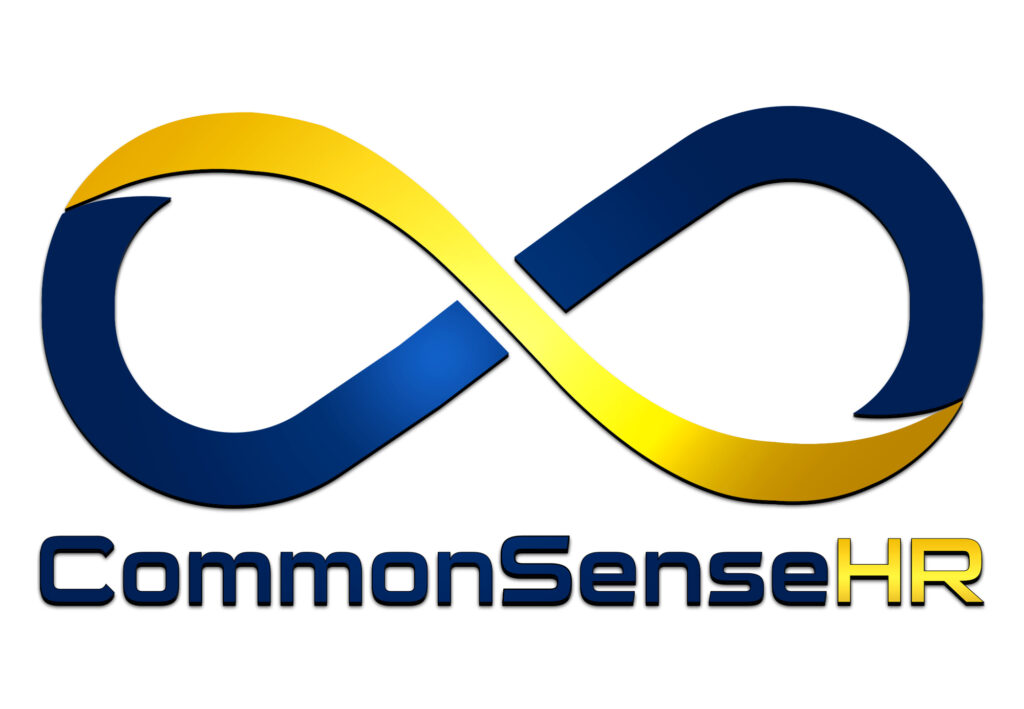The seeds of workplace harassment can go unnoticed when employees are not trained to spot them. These are micromessages, subtle insidious non-verbal actions known as microinequities and microaggressions. When we are trained to notice these and to effectively and safely intervene and call them out, then we can begin to, not only address harassment when it happens, but also help to prevent it before it starts.
As an HR Professional specializing in Learning & Development, I provide assessments, training and coaching in subjects related to workplace diversity and inclusion. The three main subjects I focus on include: Emotional Intelligence, Social Styles and Versatility, and Hardiness & Resilience. The purpose of my work is to help organizations benefit from practicing diversity and inclusion in the workplace by creating a healthy and safe workplace culture.
Two of the areas covered by my work include Bystander Intervention Training and Psychological Safety. These two areas are connected since employees who feel psychologically safe at work, and with their supervisors and managers, are more likely to intervene when they observe or know about an incident of workplace harassment.
Psychological Safety
Psychological safety in the workplace is a concept developed by Harvard professor Amy Edmondson in the late 1990s and refers to a workplace climate in which people are comfortable being and expressing themselves. They feel safe to do so because there is a shared belief among the team that people will not be punished or humiliated for speaking up with ideas, questions, concerns, or mistakes.
When psychological safety is present in the workplace, team members think less about the potential negative consequences of expressing a new or risky idea than they would otherwise. However, when there are incidents of harassment, most bystanders do not intervene. When someone does intervene, it is more likely to be a low-involvement approach such as sympathizing afterwards with the person who was harassed, or informally discussing the incident with colleagues.
Bystander Intervention
Bystander intervention starts from the premise that everyone has a role to play in reducing harassment. Employees are educated not from the perspective of being considered potential perpetrators, but rather as allies and advocates for a respectful inclusive workplace. Effective training is essential, but a successful bystander intervention also requires a strong roll-out strategy, follow up assessments and feedback since about 70% of what is learned in a training is forgotten 24 hours later.
According to Wikipedia, the bystander effect, or bystander apathy, is a social psychological theory that states that individuals are less likely to offer help to a victim when there are other people present. This is something to be aware of in the workplace.
Having received my second Covid-19 vaccine today, I continue to be very impressed with how organized things are when I attend one of our vaccine clinics in British Columbia. It is an amazing example of what can result when people band together to take care of one another against the odds. The question is how could we bring that same willingness to collaborate in a crisis forward into our regular lives once this is over, and more particularly how as employees can we learn to have each other’s back when it comes to helping to prevent workplace harassment?


